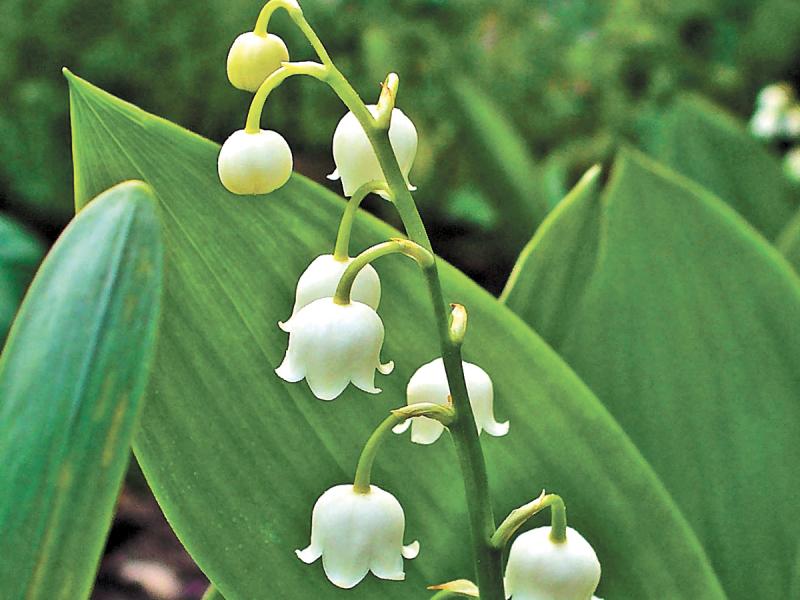Division seems so destructive when it threatens democracy, yet not every division is a bad thing. Take the Great Divide, or Continental Divide. Not between red and blue states, but the Great Divide that is a natural point that divides rainwater into courses that drain into the Atlantic Ocean and others that drain into the Pacific Ocean.
There is even a small, isolated hut near the boundary of Yoho National Park and Banff National Park that is situated on the Continental Divide so that rain falling on the roof's eastern half flows via Lake Louise into Hudson Bay and the Atlantic Ocean, while rain falling on the roof's western half flows via Lake O'Hara into the Pacific Ocean.
Division in the garden can be a very good thing. September is a perfect time to divide and plant peonies, perennial phlox (Phlox paniculata), and lily of the valley (Convallaria majalis), among others.
All of these plants are carefree, and only need to be divided every three to five years. They do well in light shade to full sun in rich soil with added organic material such as peat moss and compost. Avoid spots with poor drainage or their roots will rot. All of these are best planted shallow rather than deep. Planted too deeply, they may not bloom at all.
Cover the crowns or pips with no more than one-and-a-half or two inches of soil. Pack the ground firmly, and water well to settle the soil and eliminate any air pockets.
If you are dividing an existing clump of peonies, perennial phlox or lily of the valley, water them well a few days before dividing them. Trim off any dead or yellow leaves.
Dig up the clumps you want to divide and separate carefully with a garden fork or your hands, taking care not to break too many roots. If necessary, cut root balls apart with garden shears. Rinse the dirt off of the roots until they are clean.
Throw out any plants that are diseased or have rotted roots, and prune off any dead or damaged foliage and stems.
Transplant your new plants immediately. You can soak the roots in water up to 24 hours before planting them in the ground. To retain soil moisture and keep weeds down, mulch with a light layer of compost, leaves or straw.
Water the new plants every week until late fall. Never let them dry out, but also avoid getting the soil too soggy.
Next spring, rake away any remaining mulch and clean up any dead branches. You can fertilize in early spring with bonemeal or a slow-release organic flower fertilizer.
So whether you cleave, separate, cut up, split up, halve, quarter, carve, chop, slice, dissect or bisect your perennials, in the end all of them must get along in order for any of them to bloom.




















































